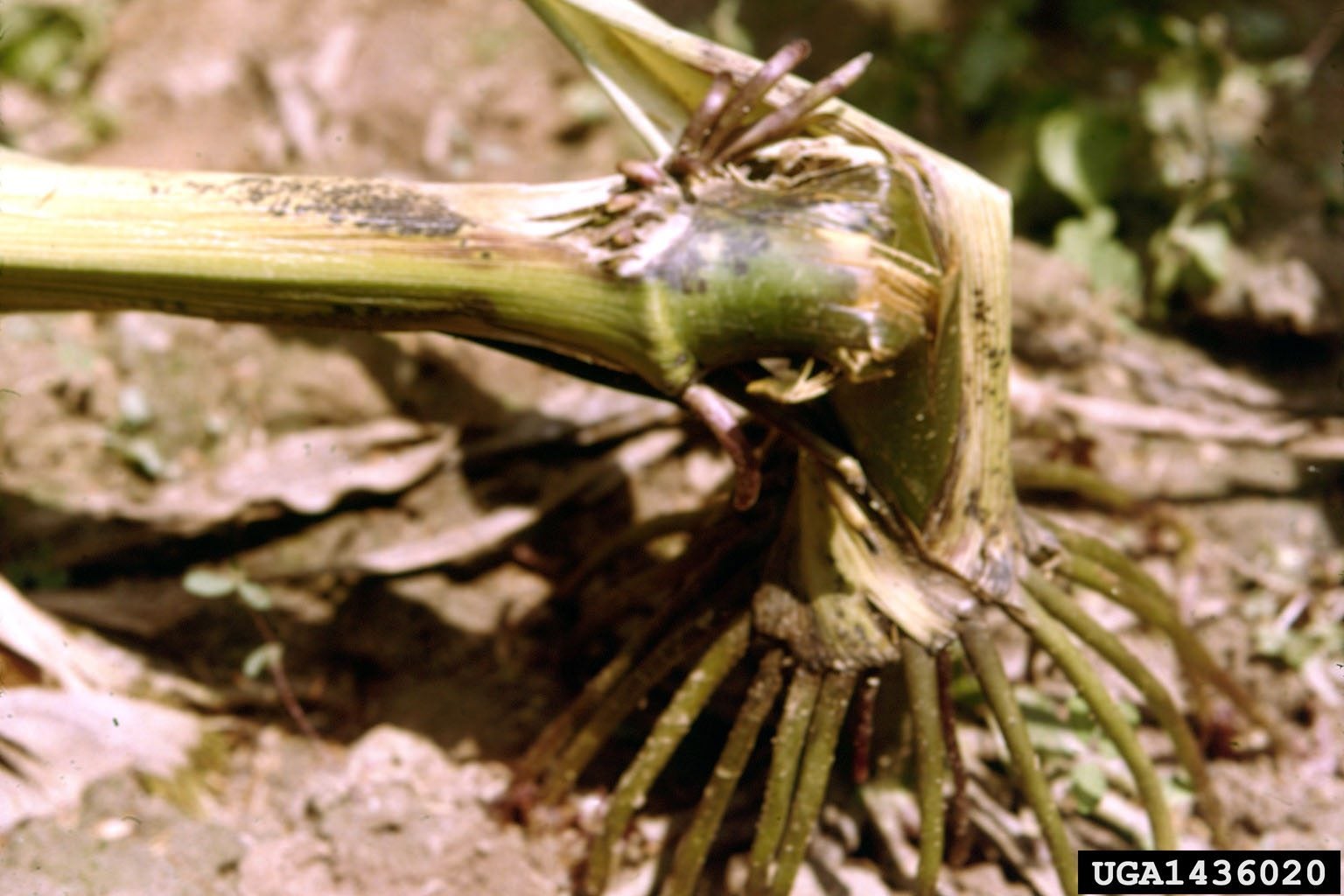Types Of Plant Lodging: Treating Plants Affected By Lodging


High-yield cereal crops must pass numerous tests as they go from seedlings to harvested products. One of the weirdest is lodging. What is lodging? There are two forms: root lodging and stem lodging. Overall, lodging is the displacement of stems or roots from their vertical and proper placement. It can cause lower yields and diminish nutrient density.
Causes of Plant Lodging
The causes of plant lodging are legion. High nitrogen levels, storm damage, soil density, disease, sowing date, overpopulation, and seed type are all contributing factors to lodging in cereal crops. The most common plants affected by lodging are corn, but other cereal and grain crops are also at risk. The two types of plant lodging can occur coincidentally or singly but their effect on the crop reduces overall health and harvest. Certain seed types, such as semi-dwarf cereals, may be less at risk than standard seed. The primary causes of plant lodging are overcrowding, wet soil, and excess nitrogen in soil. High plant populations and overly wet soil cause root lodging where roots are displaced from soil. Wet soil is unstable and does not afford an adequate foothold for young roots. Overpopulated fields prevent plants from growing tillers, which become crown roots-- the main anchors for the plant. High nitrogen levels create an environment that encourages stem and leafy growth, but the rapid rate can cause weak and skinny stems that are too feeble to hold themselves up. This is known as the stem lodging effect on plants.
Lodging Effect on Plants
Excess moisture or nitrogen and heavily populated fields are not the only reasons for plant lodging. The two types of plant lodging can also be caused by storm damage, which weakens stems and roots. Plants in shade or that grow excessively tall are also at risk for stem lodging. Weeds and fungal diseases are other conditions that affect shoots and roots. No matter the cause, the cereal becomes weaker and tends to form seed earlier. Yield is lower and the nutrient content is adversely affected. Corn yields are most affected if lodging occurs at the ear emergence stage. From a strictly mechanical perspective, stem lodged plants are harder to harvest and there is more waste. Stems are more susceptible to stalk rots as are disturbed roots.
Preventing Plant Lodging
New strains of cereal grains have been developed with semi-dwarf genes introduced. This minimizes lodging but also lowers yield. Setting seed farther apart, amending soil for proper drainage, delaying nitrogen fertilization, and plant growth regulators are all methods to reduce the loss from lodging. Plants affected by lodging should not receive nitrogen until the root system has had time to tiller and form crown roots. This means no fertilizer until the grain is three to four weeks old. Unfortunately, there's little you can do to control Mother Nature, so wind and rain will always be contributing factors to lodging. However, the new strains and some good agronomic practices should be beneficial in trimming the number of plants affected.
Sign up for the Gardening Know How newsletter today and receive a free copy of our e-book "How to Grow Delicious Tomatoes".

Bonnie Grant is a professional landscaper with a Certification in Urban Gardening. She has been gardening and writing for 15 years. A former professional chef, she has a passion for edible landscaping.